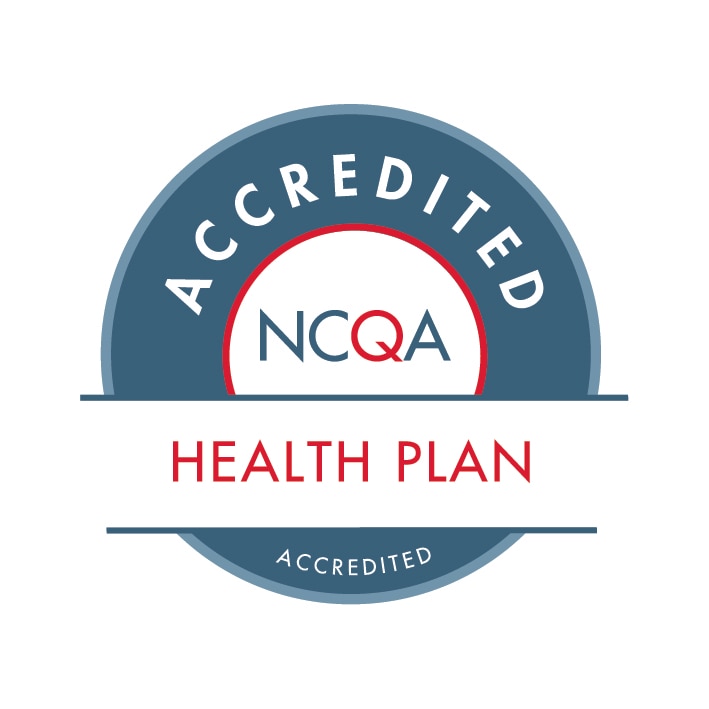Get lower prescription costs with the Extra Help program

If you’re on a limited income, you may be able to get help paying for some or most of your Medicare Part D prescription drug plan costs with a federal program called Extra Help. (It’s also known as the Part D Low-Income Subsidy.) Managed by Social Security, Extra Help is based on your income and assets, and the program can help save you about $5,300 per year [See footnote 1]. To help you understand Extra Help in more detail, here are answers to some common questions about this program.
What does Extra Help pay for?
Depending on your income, Extra Help may pay for some or most of your Medicare Part D drug plan costs. This means you may get full or partial Extra Help. Typically, Extra Help pays for most or some of your:
- Medicare Part D monthly premiums
- Medicare Part D yearly deductible
- Copays and coinsurance for prescription drugs
For prescription drug copays and coinsurance, Extra Help sets a limit on how much you’ll pay to keep your costs down. This amount changes yearly. For example, in 2023 drug costs are no more than [See footnote 2]:
- $4.15 for each generic drug
- $10.35 for each brand-name covered drug
Who’s eligible for Extra Help?
Extra Help is based on your income and assets. This means Social Security needs to know the value of your savings, investments, and real estate (other than your home), as well as your income. They also need to know information about you and your spouse if you’re married and living together.
Here’s some of what Social Security looks at to decide whether you’re eligible:
- Annual income
- Real estate (other than your primary residence)
- Bank accounts, including checking, savings, and certificates of deposit
- Stocks
- Bonds, including U.S. savings bonds
- Mutual funds
- Individual retirement accounts (IRAs)
- Cash at home or anywhere else
Here are some things they don’t look at:
- Your primary residence
- Personal possessions
- Vehicles
- Life insurance policies
- Jewelry or home furnishings
- Housing assistance
- Supplemental Nutrition Assistance Program benefits
For example, to qualify for Extra Help in 2022 [See footnote 3]:
- Your yearly income would have had to be limited to $20,385 for an individual or $27,465 for a married couple living together
- Your assets, or financial resources, would have had to be limited to $15,510 for an individual or $30,950 for a married couple living together
These income and asset limits are based on the federal poverty guidelines, which change every year. This means the financial eligibility requirements for Extra Help may change each year.
How do I know if I qualify for Extra Help?
Here are some ways to check if you qualify:
- Visit the BenefitsCheckUp website.
- Call Medicare at 1-800-MEDICARE (1-800-633-4227) (TTY 1-877-486-2048), 24 hours a day, 7 days a week. Or visit Medicare.gov.
- Call Social Security at 1-800-772-1213 (TTY 1-800-325-0778), 7 a.m. to 7 p.m., Monday through Friday.
- Contact your state Medicaid office (Medi-Cal in California).
How do I apply for Extra Help?
Auto enrollment — Some people who qualify are automatically enrolled and don’t need to apply. If you’re automatically enrolled, Medicare will send you a letter to let you know.
You’ll automatically be enrolled in Extra Help if you have Medicare and get any of the following:
- Full Medicaid coverage
- Help from a state Medicaid program that pays your Part B premiums
- Supplemental Security Income (SSI) benefits
Applying for enrollment — If you’re not automatically enrolled, you can apply anytime on the Social Security Administration website. You can also reapply for Extra Help anytime if your income changes.
Where can I find more details on Extra Help?
Visit Medicare’s website for additional details on the Extra Help program. And if you already have coverage through Medicare and Medicaid (Medi-Cal in California), you may be eligible for extra benefits, like more vision and dental coverage, through a Kaiser Permanente Dual Special Needs Plan (D-SNP). Call 1-855-832-0353 (TTY 711) 7 days a week, 8 a.m. to 8 p.m., or visit our Dual Special Needs Plan page anytime to learn more and see if you’re eligible to enroll.
Learn more about Medicare
Ready to start shopping?
Footnotes
- "Understanding the Extra Help With Your Medicare Prescription Drug Plan,” Social Security Administration, February 2023. Continue at [1] save you about $5,000 per year.
- "Lower Prescription Costs,” Medicare, February 2023. Continue at [2] drug costs are no more than
- "Lower Prescription Costs,” Medicare, February 2023. Continue at [3] qualify for Extra Help in 2022



